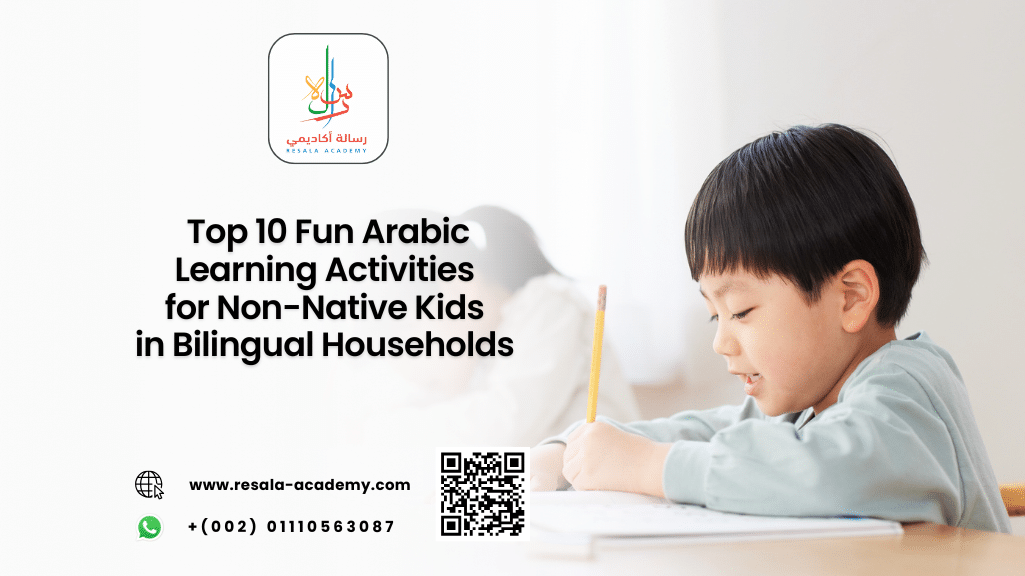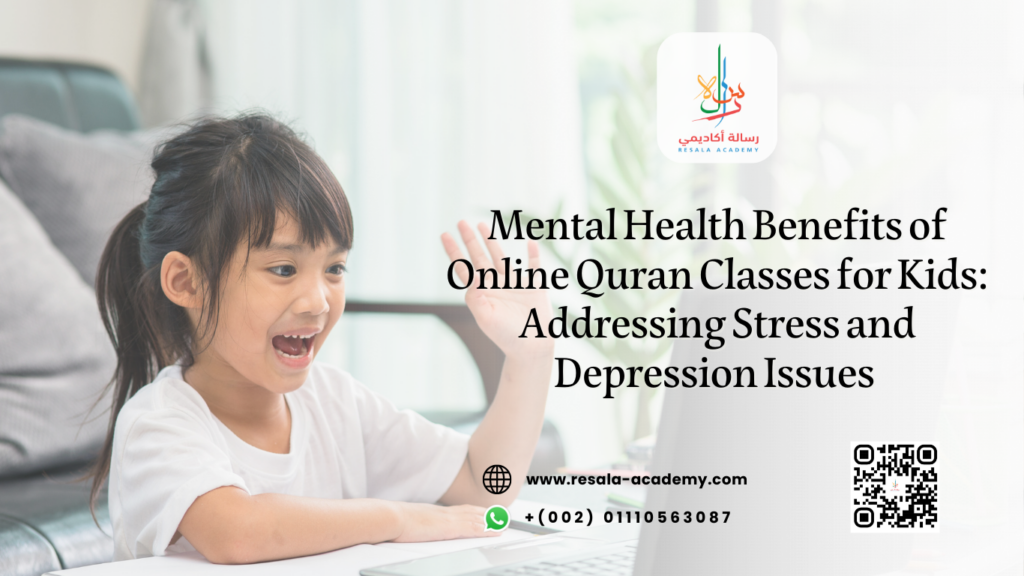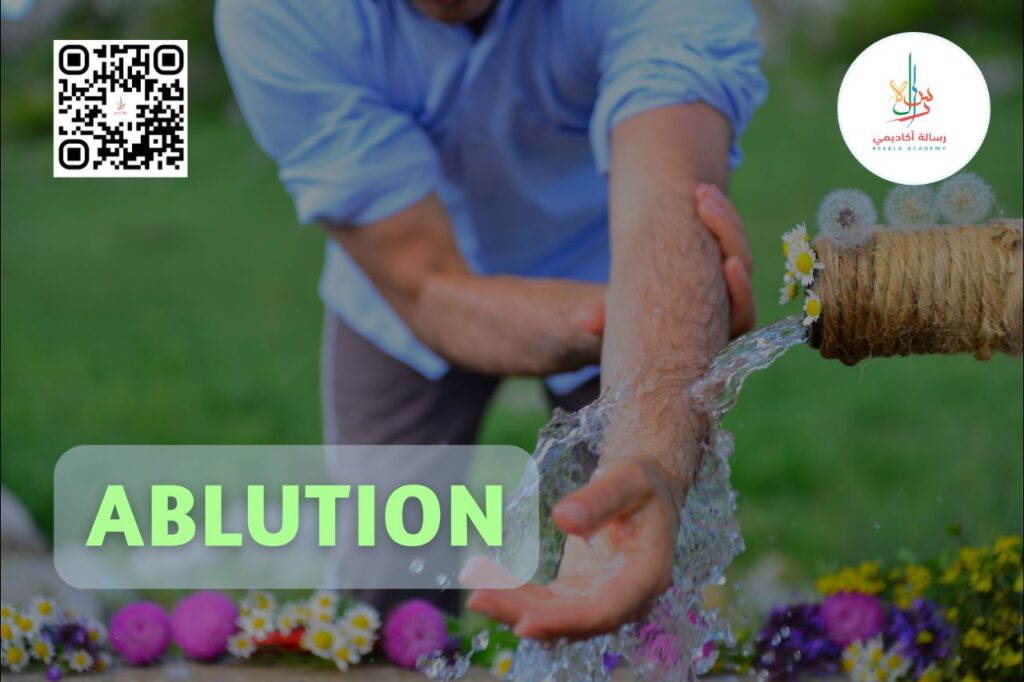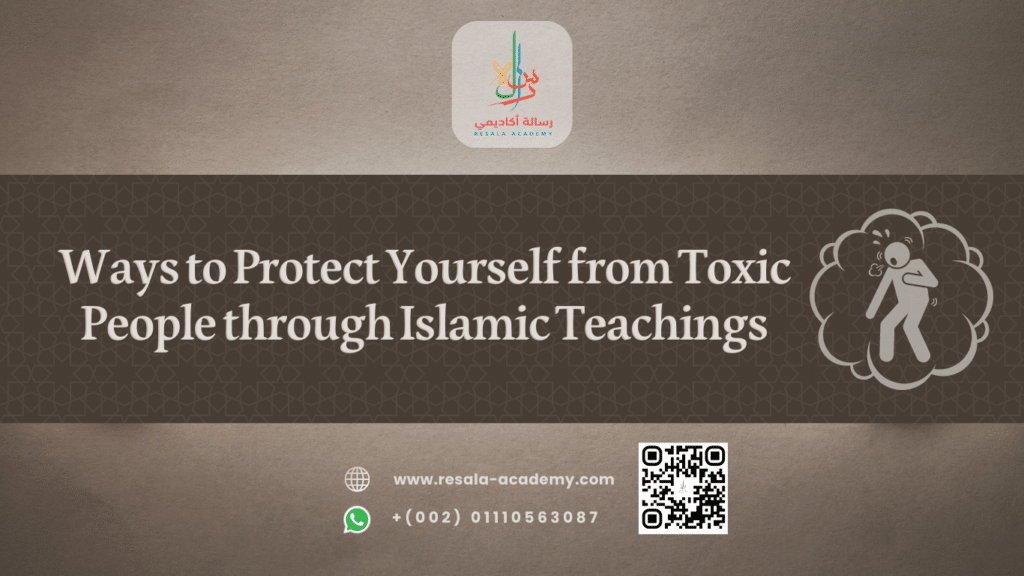Table of Contents
Top 10 Fun Arabic Learning Activities for Non-Native Kids in Bilingual Households
Learning a new language can be thrilling, especially for children growing up in bilingual households. For non-native kids, mastering Arabic might seem challenging, but it doesn’t have to be dull or overwhelming.
With the right approach, Arabic can become a language of play, discovery, and joy. In this article, we’ll explore the Top 10 Fun Arabic Learning Activities that are perfect for non-native children in bilingual homes. These activities are designed to make language acquisition natural, engaging, and effective.
Whether you’re a parent, educator, or language enthusiast, this guide will provide you with creative tools to help your child fall in love with Arabic. Plus, we’ll introduce you to Resala Academy, a leading online platform offering Arabic and Quran classes for non-native speakers.
Why Fun Arabic Learning Activities Matter for Non-Native Kids
Children learn best when they are having fun. When Arabic is introduced through games, songs, and interactive experiences, it becomes more than just a subject—it becomes a living language.
Especially in bilingual households, where children juggle multiple languages, fun Arabic learning activities help reinforce vocabulary, pronunciation, and cultural understanding naturally and enjoyably.
1. Arabic Songs and Rhymes
Music is a universal language, and it’s a powerful tool for language learning. Arabic songs and nursery rhymes help children:
- Improve pronunciation and rhythm
- Memorize new vocabulary
- Understand sentence structure
Start with simple songs like “Talaa Al-Badru Alayna” or “A-B-C in Arabic.” Platforms like YouTube Kids offer a treasure trove of Arabic content tailored for children.
2. Storytelling with Arabic Picture Books
Reading aloud is a cornerstone of language development. Arabic picture books with vibrant illustrations and simple text can captivate young minds. Some excellent titles include:
- “Kalila wa Dimna” (Children’s version)
- “Alif Baa Taa” alphabet books
- “The Arabic Alphabet: How to Read & Write It”
Look for bilingual editions to reinforce both languages. Encourage your child to retell the story in their own words to boost comprehension and confidence.
3. Arabic Vocabulary Games
Games turn learning into an adventure. Here are a few favorites:
- Memory Match: Match Arabic words with pictures
- Arabic Bingo: Use vocabulary from themes like animals, colors, or food
- Scramble the Word: Unscramble Arabic letters to form words
These games are perfect for family game nights and can be customized based on your child’s level.
4. Arabic Alphabet Crafts
Hands-on activities like arts and crafts are ideal for kinesthetic learners. Try these fun ideas:
- Clay Letters: Shape Arabic letters using playdough
- Alphabet Collage: Cut out pictures that start with each Arabic letter
- Calligraphy Practice: Introduce basic Arabic calligraphy with markers or brushes
These activities help children recognize and memorize the Arabic alphabet in a tactile way.
5. Arabic Learning Apps for Kids
Technology can be a great ally in language learning. Some top-rated Arabic learning apps include:
- Droplets – Visual vocabulary builder for kids
- AlifBee Kids – Interactive games and lessons
- FunEasyLearn Arabic – Gamified learning with illustrations
These apps offer structured lessons, pronunciation guides, and progress tracking, making them ideal for daily practice.
6. Arabic Puzzle Time
Puzzles are fantastic for developing problem-solving skills while reinforcing language. Try:
- Arabic Alphabet Puzzles: Match letters with images
- Word Search: Find Arabic words in a grid
- Crossword Puzzles: Use simple clues in Arabic
You can find printable puzzles online or create your own based on your child’s interests.
7. Role-Playing in Arabic
Role-playing is a dynamic way to practice conversational Arabic. Set up scenarios like:
- Grocery Store: Practice food vocabulary and polite phrases
- Doctor Visit: Learn body parts and common expressions
- Restaurant: Use menus to order food in Arabic
This activity encourages kids to use Arabic in context, boosting their speaking and listening skills.
8. Flashcard Challenges
Flashcards are a classic tool that never goes out of style. Make them fun by:
- Using images and Arabic words
- Playing timed games (e.g., “How many can you get in 30 seconds?”)
- Creating themed decks (animals, colors, family, etc.)
You can use physical cards or digital flashcard apps like Quizlet.
9. Arabic Culture Days
Language and culture go hand in hand. Dedicate a day each month to celebrate Arabic culture:
- Cook a traditional dish (e.g., hummus, falafel)
- Watch a kid-friendly Arabic cartoon
- Learn a traditional dance or song
These immersive experiences deepen your child’s appreciation for the Arabic-speaking world.
10. Enroll in Online Arabic Classes
Sometimes, professional guidance can make all the difference. Enrolling your child in an online Arabic program ensures:
- Structured curriculum
- Native-speaking teachers
- Interactive, engaging lessons
One of the best platforms for non-native speakers is Resala Academy, which offers both Arabic and Quran classes tailored for children.
Spark curiosity and cultural pride—explore the most engaging Arab things to do for kids that blend fun, tradition, and learning in unforgettable ways.
Specialized Strategies to Maximize Engagement Through Fun Arabic Learning Activities
To ensure long-term retention and enthusiasm, parents and educators must go beyond traditional methods and embrace a variety of fun Arabic learning activities that are both educational and entertaining.
These strategies are especially effective for bilingual kids who may already be navigating multiple languages at home. Below are expert-recommended, SEO-optimized techniques that blend creativity, structure, and cultural immersion.
Multi-Sensory Arabic Language Games and Tools
Engaging multiple senses helps children absorb language more effectively. These Arabic language games and tools are designed to stimulate auditory, visual, and tactile learning:
- Interactive Sound Boards: Use Arabic alphabet soundboards that pronounce each letter when pressed, reinforcing phonetic recognition.
- Color-Coded Flashcards: Incorporate colors to categorize nouns, verbs, and adjectives in Arabic, aiding grammar comprehension.
- Gamified Apps: Platforms like AlifBee Kids and Droplets offer structured lessons through digital games, perfect for screen time with a purpose.
- Magnetic Arabic Letters: Let children build words on the fridge or whiteboard, turning everyday spaces into learning zones.
- Sensory Bins with Arabic Labels: Fill bins with objects labeled in Arabic (e.g., حمار – donkey, تفاحة – apple) to combine play with vocabulary building.
- Augmented Reality (AR) Arabic Apps: Use AR tools to bring Arabic words to life, allowing kids to interact with 3D objects labeled in Arabic.
These tools are ideal for parents looking to enhance Arabic for kids in a home setting, especially when paired with consistent routines and positive reinforcement.
Cultural Immersion and Creative Expression in Arabic for Non-Native Kids
True fluency involves more than vocabulary—it requires cultural context. These fun Arabic learning activities introduce children to the richness of Arabic culture while reinforcing language skills in meaningful ways:
- Arabic Cooking Classes for Kids: Teach your child how to make simple Middle Eastern dishes like tabbouleh or manakeesh while learning the Arabic names for ingredients and utensils.
- Puppet Shows in Arabic: Create short skits using puppets to act out Arabic stories or daily conversations, encouraging dialogue and emotional expression.
- Arabic Cartoons and Animated Series: Shows like Iftah Ya Simsim or Adam Wa Mishmish are excellent for passive listening and vocabulary absorption.
- Arabic Calligraphy Art Projects: Introduce your child to the beauty of Arabic script through calligraphy exercises, blending art with literacy.
- Virtual Mosque Tours and Quranic Stories: Use digital platforms to explore Islamic heritage sites and learn Quranic stories in simplified Arabic, perfect for spiritual and linguistic development.
- Celebrate Arabic Holidays: Engage in cultural traditions like Eid or Ramadan by learning related vocabulary, songs, and customs, making Arabic culture for kids a lived experience.
- Language Exchange Playdates: Connect with other bilingual families for Arabic-speaking play sessions, fostering social learning and Arabic language immersion.
These immersive experiences are not only fun but also essential for children learning Arabic in bilingual households. They offer a holistic approach that combines language acquisition with cultural understanding, making Arabic classes online even more impactful when supported by real-world application.
Discover the Joy of Learning Arabic with Resala Academy
At Resala Academy, we believe that learning Arabic should be joyful, meaningful, and accessible. Our online academy specializes in Arabic and Quran classes for non-native speakers, with a special focus on children in bilingual households.
Here’s why parents trust Resala Academy:
- Certified native Arabic teachers
- Interactive and gamified lessons
- Flexible scheduling for busy families
- Quran memorization and Tajweed for kids
- Personalized learning paths
Whether your child is just starting or looking to deepen their understanding, Resala Academy provides a nurturing environment where they can thrive.
Ready to make Arabic fun and unforgettable for your child? Enroll now at Resala Academy and unlock a world of language and culture!
Frequently Asked Questions (FAQs)
1. What age is best to start Arabic learning for non-native kids?
Children can start learning Arabic as early as age 3. At this age, their brains are highly receptive to new sounds and vocabulary. Fun Arabic learning activities like songs and games are ideal for early learners.
2. How can I teach Arabic at home if I’m not fluent?
You don’t need to be fluent to support your child. Use tools like Arabic learning apps, picture books, and online classes from Resala Academy. Participate in activities together and learn alongside your child.
3. Are online Arabic classes effective for kids?
Absolutely! Platforms like Resala Academy offer interactive lessons with native teachers, making learning both effective and enjoyable. Kids benefit from structured lessons, real-time feedback, and engaging content.
4. How can I keep my child motivated to learn Arabic?
Make learning fun! Use a variety of activities—songs, games, crafts—and celebrate milestones. Enroll them in a class with peers to build a sense of community and excitement.
5. What’s the difference between Modern Standard Arabic and spoken dialects?
Modern Standard Arabic (MSA) is used in formal settings, books, and media. Dialects vary by region (e.g., Egyptian, Levantine). For beginners, it’s best to start with MSA, which is what most online academies like Resala Academy teach.
Conclusion
Arabic doesn’t have to be intimidating for non-native kids. With the right mix of creativity, structure, and fun, children can develop a deep love for the language.
From music and crafts to games and professional classes, these fun Arabic learning activities are designed to make language acquisition a joyful experience.
Whether you’re just starting or looking to enhance your child’s Arabic journey, remember that consistency, encouragement, and engagement are key. And with trusted partners like Resala Academy, your child is in expert hands.
Don’t forget to share this article with other bilingual families looking to make Arabic learning fun and effective!




